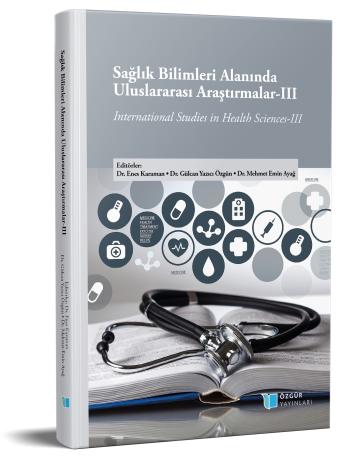
Characteristics and Applications of Antimicrobial Peptides
Chapter from the book:
Karaman,
E.
&
Yazıcı Özgün,
G.
&
Ayağ,
M.
E.
(eds.)
2023.
International Studies in Health Sciences-III.
Synopsis
Antimicrobial peptides are short protein structures that occur naturally or can be produced synthetically, and they are effective against microorganisms. These peptides typically work by inhibiting or killing the growth and proliferation of microorganisms such as bacteria, viruses, fungi, and parasites.
The key features of antimicrobial peptides include broad-spectrum activity, rapid onset of action, low development of resistance, and the ability to specifically bind to targets. These characteristics make antimicrobial peptides an alternative option to traditional antibiotics. Additionally, the immunomodulatory effects of peptides and their ability to stimulate cellular defense systems are noteworthy.
In the field of medicine, the potential of antimicrobial peptides is being increasingly explored due to the rising antibiotic resistance and the need for new approaches to treat infectious diseases. These peptides can be effective against bacterial, viral, and fungal infections. Furthermore, they show potential in areas such as wound healing, immune system modulation, and cancer treatment.
In the agricultural sector, antimicrobial peptides can be used as plant protection products. They provide a natural defense mechanism against plant pathogens, thereby reducing the need for chemical interventions. This promotes a more sustainable approach to agricultural production.
The potential applications and characteristics of antimicrobial peptides offer a new approach to the treatment and control of infectious diseases. The advantages provided by peptides in combating antibiotic resistance and microbial evolution should be evaluated. However, further research, development, and clinical studies are necessary to optimize the use of antimicrobial peptides and fully uncover their potential.
In conclusion, the biological properties and application areas of antimicrobial peptides present a promising alternative in the treatment of infectious diseases and microbial control. With advanced research and technological developments, it is anticipated that limitations regarding the effectiveness, stability, and safety of antimicrobial peptides can be overcome, allowing for their wider utilization.

